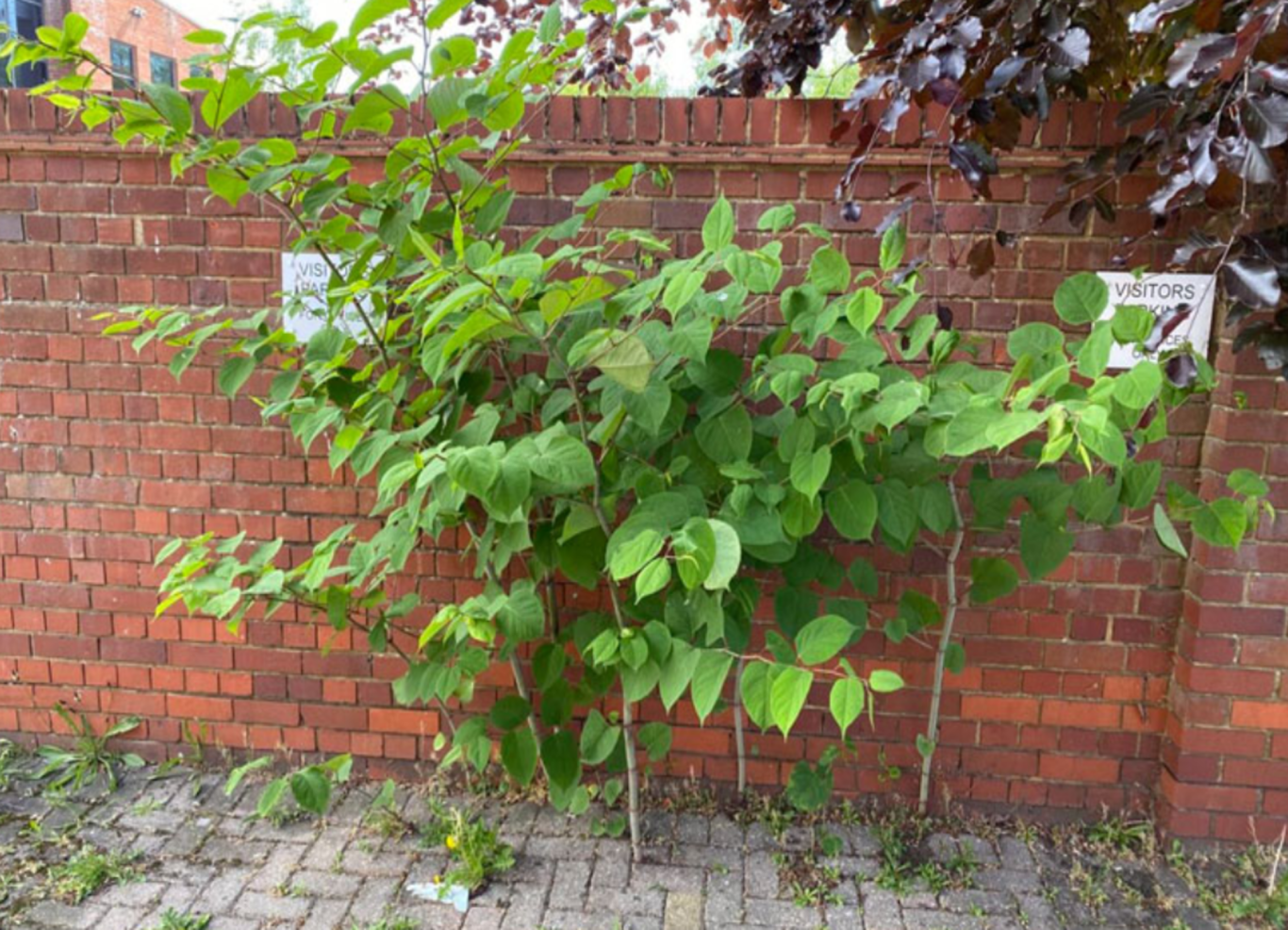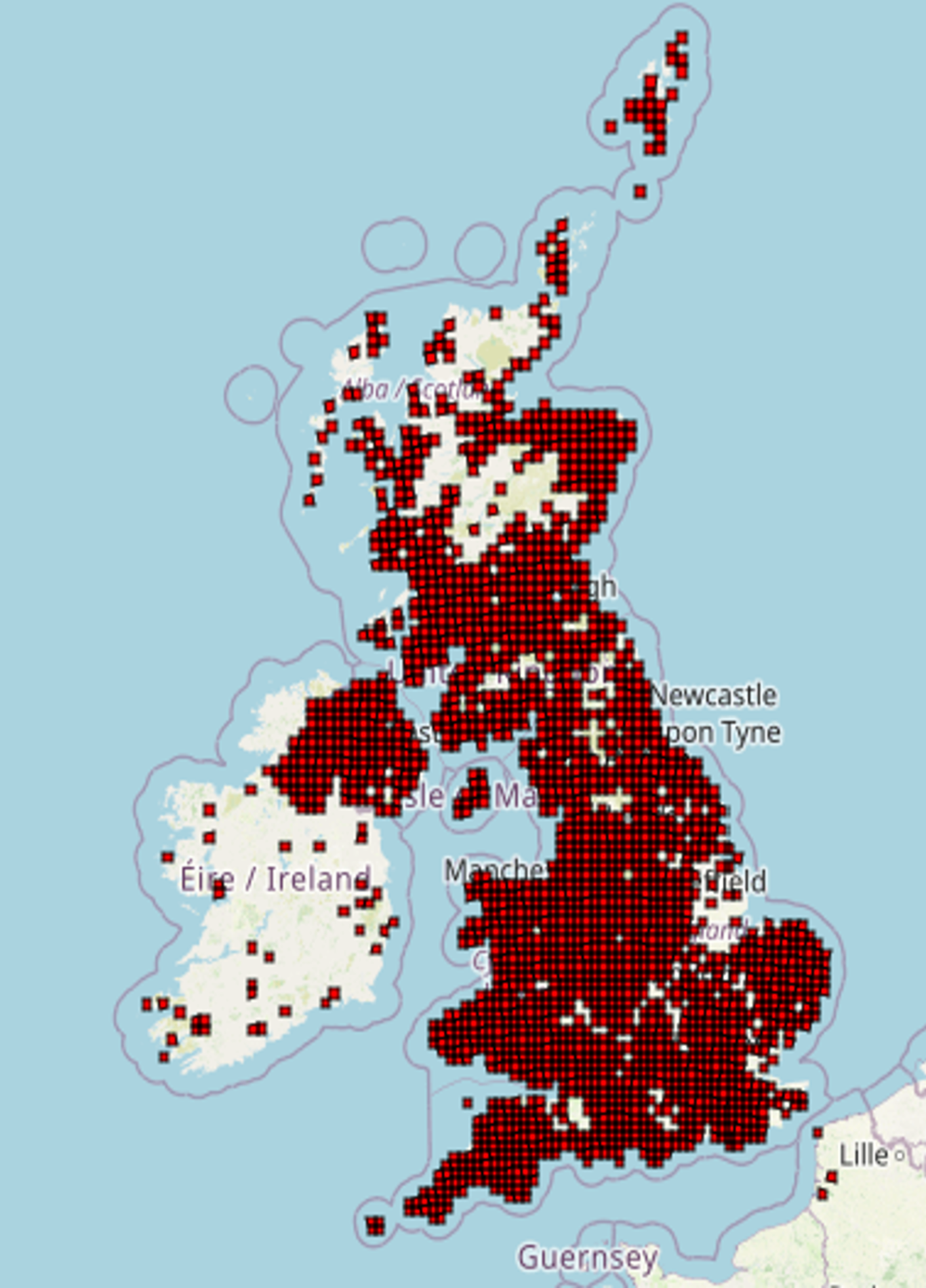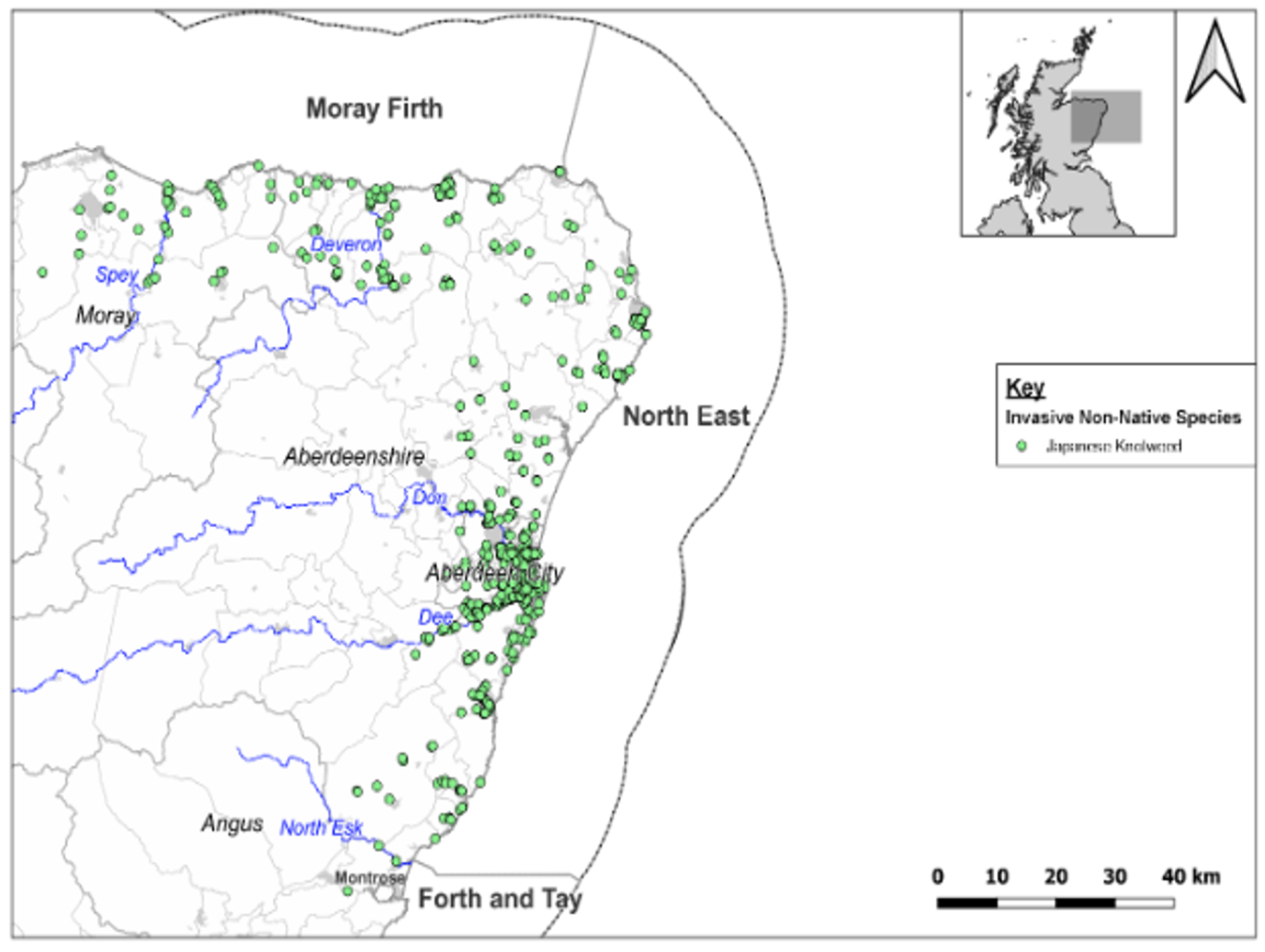Japanese Knotweed - Fallopia japonica
Key Findings
Of all the UK’s invasive species, Japanese knotweed (fig. 1) may have the worst reputation of the lot - for good reason. Once it takes root, this plant is incredibly difficult to remove. Finding it on your property is bad news – it is illegal to sell property without declaring the presence of Japanese knotweed, and very expensive to deal with (CEL Solicitors, 2020).
Habitat and Physical Characteristics:
Japanese knotweed is most concentrated around urban environments, often found in wastelands, riverbanks, and in gardens (NNSS, 2016). In the UK it reproduces only through asexual means, meaning it does not produce seeds. Instead, new plants can grow from root fragments of the parent plant – they have even been known to take root in bins where they have been disposed of (Shaw, 2013; CEL Solicitors, 2020). As such, their spread often comes about due to unintentional human distribution, or transport through rivers (Shaw, 2013). The roots of the plant can reach 3m deep into the soil, and 7m wide, while the stems can reach 2 metres high (NNSS, 2016; SISI, n.d.). They can be identified by their shield shaped leaves, zig-zag stems, bamboo like appearance and purple speckles on their bark (Booy, Wade and White, n.d.).
Range and Distribution:
Japanese knotweed is native to East Asia, including countries such as Japan, China and Taiwan (Shaw, 2013). The species entered Europe via the Netherlands in 1849, and it is believed that it was sent to the UK in 1850 as an ornamental plant for Kew Gardens. It gained in popularity as an ornamental garden plant across the UK and subsequently established in the wild by 1886 (Shaw, 2013; NNSS, 2016). As of today, Japanese knotweed is widespread, with only small gaps in the Scottish Highlands (fig. 2) (NBN Atlas, 2024). In the East Grampian region (fig. 3), the species is distributed around North and along the Moray coast. In Aberdeen City, the species is much more densely distributed – this is likely the result of local escapes from gardens after intentional planting.
Impacts and Management:
The ability of Japanese knotweed to grow asexually from root pieces is what makes it so difficult to control. Any method of control that only removes the surface portion of the plant will fail, as the rhizomes will remain underground, and this method may even cause the plant to grow back stronger (SISI, n.d.). The only effective method is to inject the plant with herbicide over multiple years, a process which takes up to half a decade to be fully effective (SISI, n.d.).
The extent of time and labour required to remove Japanese knotweed explains why treatment comes with such a financial burden. It is thought that an effort to totally rid the UK of the plant would cost as much as £1.56 billion (Shaw, 2013). The combination of annual treatments and the safe disposal of stems and contaminated soil makes the process a significant effort. Despite the costs, removal of the plant is essential. When found in urban environments, the stems have the potential to damage public infrastructure and the foundations of houses. In natural environments, the dense groups in which they grow can affect the growth of native species (SISI, n.d.). Along riverbanks they can contribute to an increased flooding risk by promoting riverbank erosion, in addition to affecting fish populations if the river habitat is significantly altered (Booy, Wade and White, n.d.; SISI, n.d.).

fig.1: Japanese Knotweed growing through brick paving (Brindle, 2023)

fig. 2: NBN Atlas (2024): Records of Japanese Knotweed (1800-2024)

fig. 3: NESBReC (2022): Japanese knotweed distribution in the East Grampian area (2000 - 2022)
Notes
Linked Information Sheets
Key sources of Information
Reviewed on/by
12/08/2024 by Cathryn Lovie
20/08/2024 by Ian Hay
17/01/2025 by Charlotte Tomlinson (updated)
24/01/2025 by Mariia Topol
Status
First draft
To report errors, highlight new data, or discuss alternative interpretations, please complete the form below and we will aim to respond to you within 28 days
Contact us
Telephone: 07971149117
E-mail: ian.hay@stateofthecoast.scot
We need your consent to load the translations
We use a third-party service to translate the website content that may collect data about your activity. Please review the details in the privacy policy and accept the service to view the translations.

